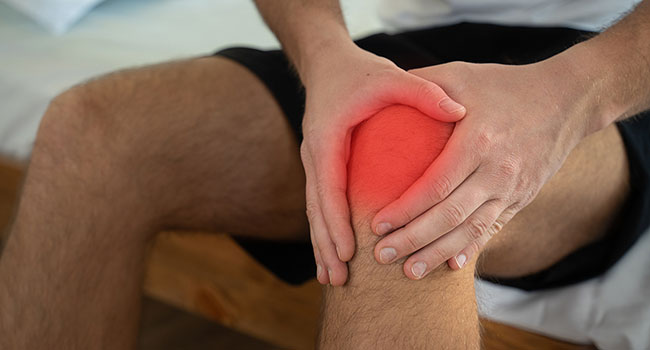Rejuvenating Cartilage in Joints
Aug 23, 2020 by CenTrial
For the 55 million Americans that suffer from arthritis and joint pain, the revelation that researchers have discovered a way to regenerate the cushion of cartilage in joints is more than welcome news.
When cartilage is damaged or thins with age, bones can rub directly against each other causing pain and arthritis.
Using self-renewing skeletal stem cells scientists have figured out how to use chemical signals to stimulate regrowth of cartilage by first slightly injuring the joint tissue and then directing the stem cells as the injury heals.
As new bone develops, it first goes through a cartilage state before turning into bone, but researchers have figured out how to stop the skeletal stem cells at the cartilage stage which provides that all-important cushion between bones.
What we ended up with was cartilage that is made of the same sort of cells as natural cartilage with comparable mechanical properties, unlike the fibrocartilage that we usually get,” said assistant professor of surgery Charles K.F. Chan, PhD. “It also restored mobility to osteoarthritic mice and significantly reduced their pain.”
The researcher also tested human tissue in mice and, as proof of principle, found that human skeletal stem cells were equally adept at producing cartilage.
The next step is to test the process in larger animals and then proceed to human clinical trials.
The hope is to eventually be able to avoid invasive hip and knee replacements by rejuvenating the cartilage in joints before they become badly degraded.
Next »
Signup to be notified of clinical trials near you that match your condition
Signup and be matched to trials near youThis free service will notify you of current and future clinical trial matches.
